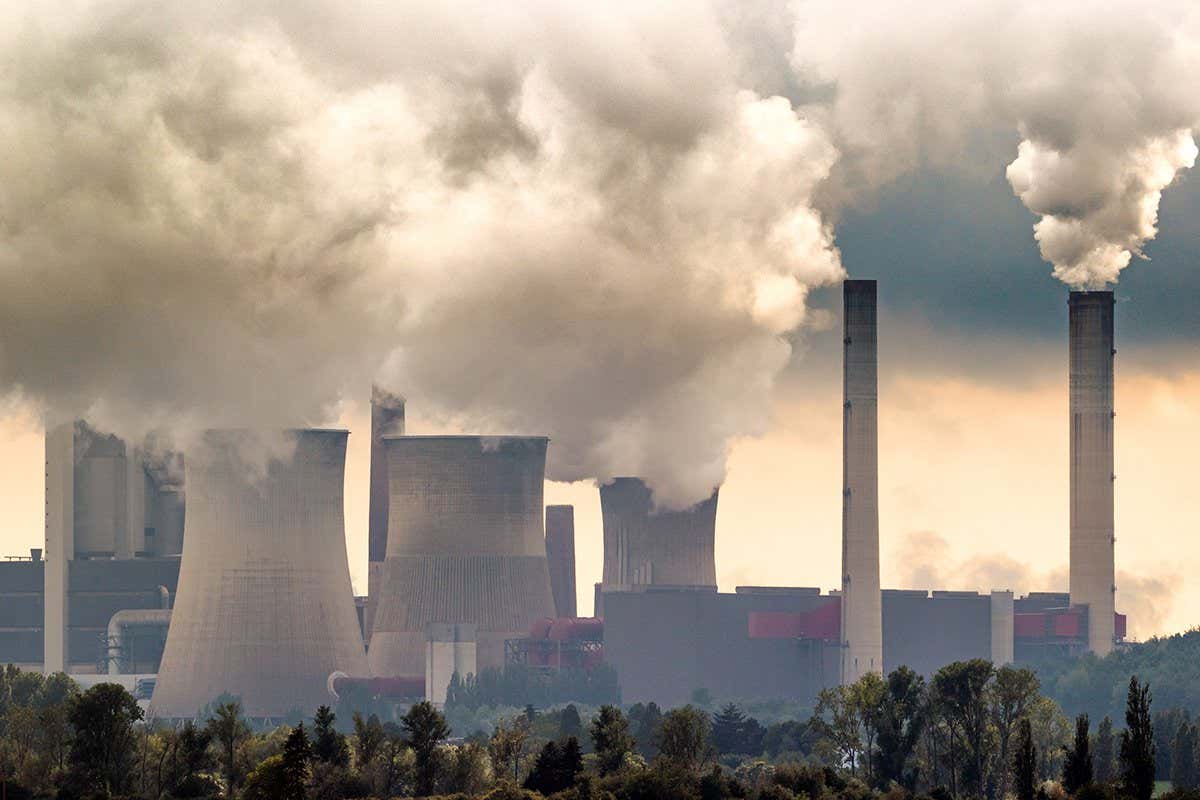AI Training's Dirty Secret: The Hidden Carbon Footprint of Artificial Intelligence
The rise of artificial intelligence (AI) is transforming our world, powering everything from self-driving cars to medical diagnoses. But behind the gleaming surface of this technological revolution lies a dirty secret: a significant and often overlooked carbon footprint. The energy-intensive process of training AI models is consuming vast amounts of fossil fuels, raising serious environmental concerns. This article delves into the hidden environmental cost of AI, exploring the challenges and potential solutions.
The Energy Hog: How AI Training Consumes Fossil Fuels
Training sophisticated AI models, particularly large language models (LLMs) and deep learning algorithms, requires immense computational power. This power comes primarily from data centers, which are significant energy consumers. These data centers rely heavily on electricity, much of which is still generated from fossil fuels like coal, natural gas, and oil. The process involves:
- Massive Datasets: Training AI requires feeding the algorithms massive datasets, often terabytes or even petabytes in size. Processing this data demands substantial computing resources.
- Complex Algorithms: The algorithms themselves are incredibly complex, requiring numerous computations to learn patterns and make predictions. This computational intensity translates directly into energy consumption.
- Inefficient Hardware: While advancements in hardware are being made, the current generation of GPUs and other specialized processors used in AI training are still relatively inefficient, consuming significant amounts of energy.
The Environmental Impact: More Than Just a Carbon Footprint
The environmental consequences of AI training extend beyond simply carbon emissions. The process contributes to:
- Increased Greenhouse Gas Emissions: The burning of fossil fuels for electricity generation releases significant amounts of greenhouse gases, contributing to climate change.
- Water Consumption: Data centers require large amounts of water for cooling, placing strain on local water resources.
- E-waste Generation: The rapid pace of technological advancement leads to the generation of significant amounts of e-waste, including obsolete GPUs and other hardware. This e-waste often ends up in landfills, posing environmental and health risks.
The Path to Greener AI: Solutions and Innovations
While the current situation is concerning, there are several avenues being explored to reduce the environmental impact of AI training:
- Renewable Energy Sources: Shifting data centers to renewable energy sources like solar and wind power is crucial. This requires significant investment and infrastructure changes.
- More Efficient Algorithms: Researchers are working on developing more efficient algorithms that require less computational power to achieve the same results.
- Hardware Advancements: Innovations in hardware design, such as more energy-efficient processors, are essential to reducing energy consumption.
- Data Center Optimization: Optimizing data center design and operations to improve energy efficiency is another important step.
- Carbon Offsetting: Companies involved in AI training can invest in carbon offsetting projects to compensate for their emissions.
The Future of Responsible AI: A Call for Action
The environmental impact of AI training is a critical issue that demands immediate attention. The future of AI depends on developing and deploying it responsibly, minimizing its environmental footprint. This requires a collaborative effort from researchers, developers, policymakers, and consumers to drive innovation, promote sustainable practices, and ensure a greener future for artificial intelligence. It's time to move beyond the hype and address the less glamorous, but equally important, aspects of this powerful technology.
Further Reading:
Keywords: AI, Artificial Intelligence, Carbon Footprint, Environmental Impact, Data Centers, Fossil Fuels, Renewable Energy, Sustainable AI, Green AI, Deep Learning, Large Language Models, LLM, Climate Change, E-waste, Energy Consumption, Responsible AI.

